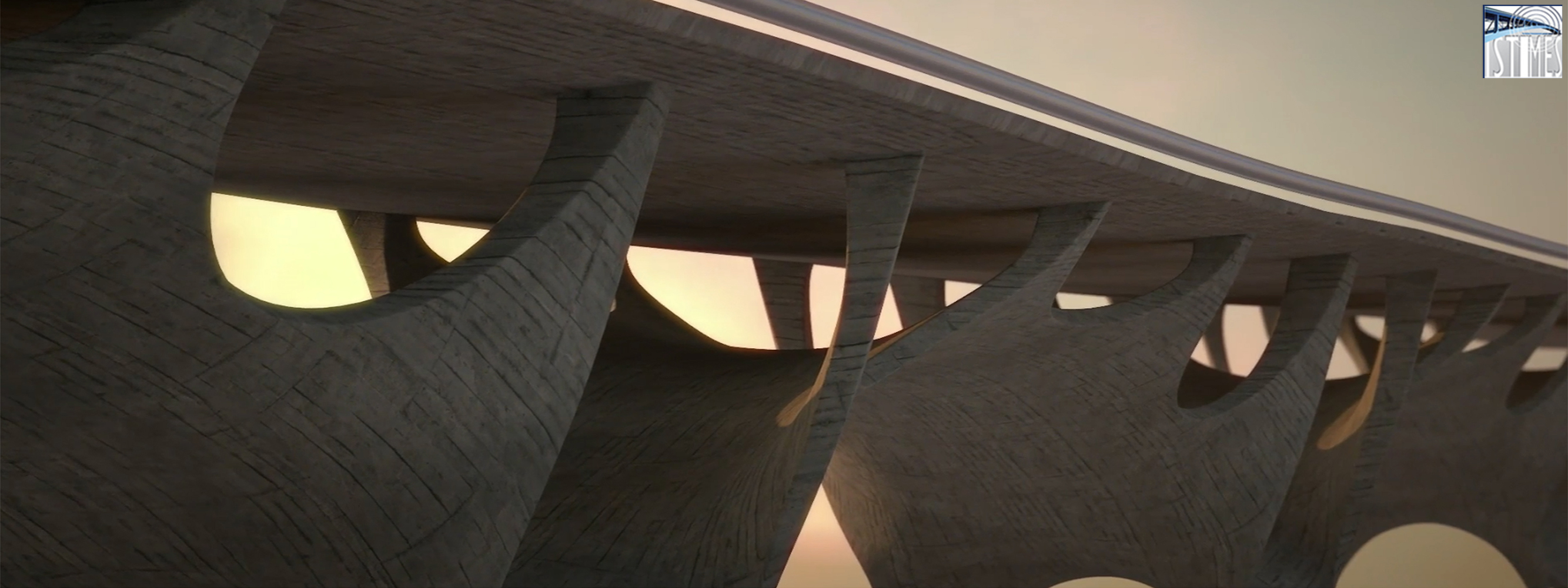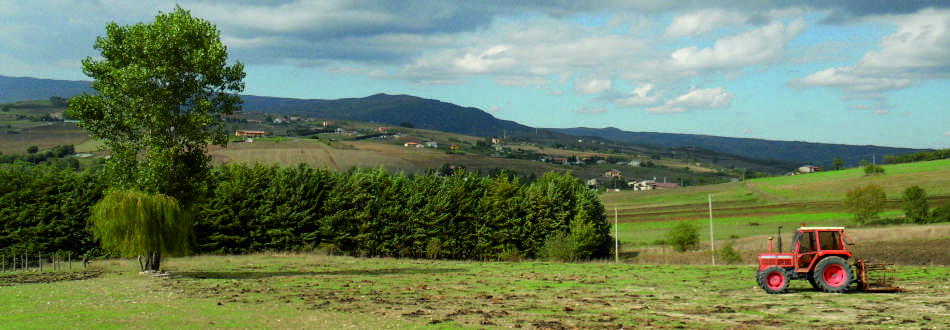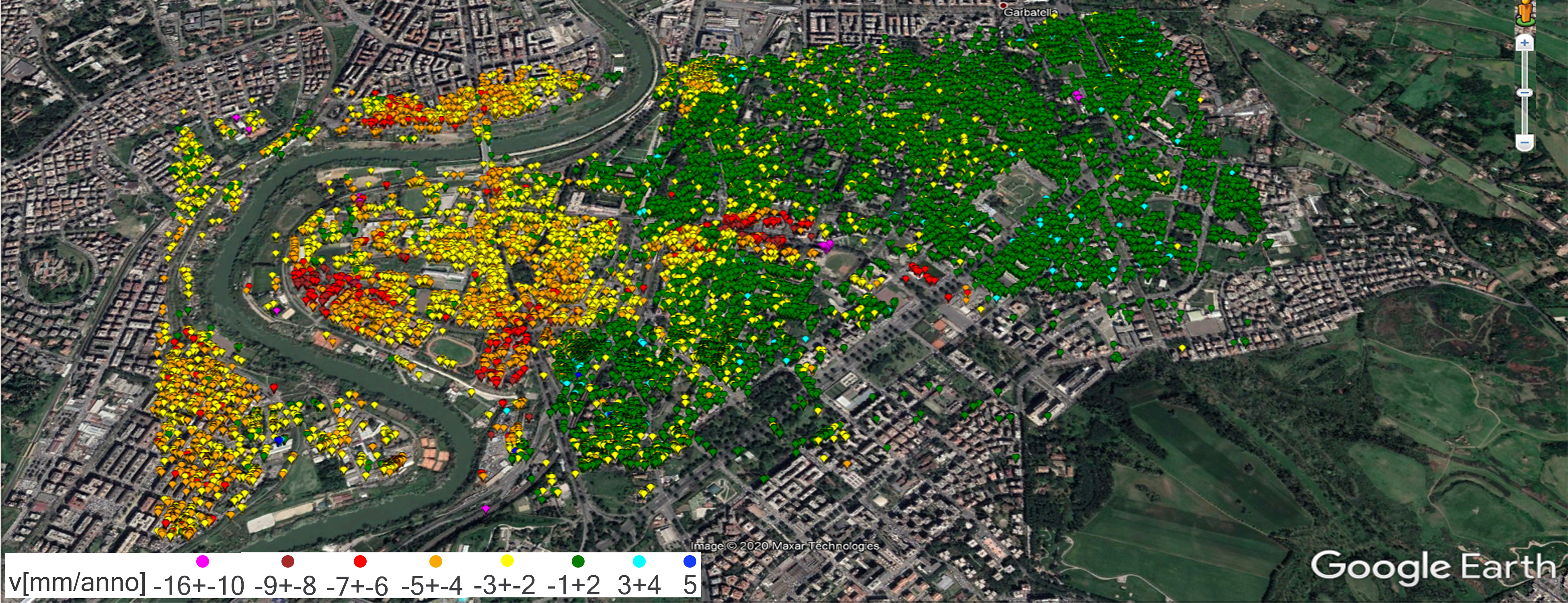ISTIMES | Integrated System for Transport Infrastructures Surveillance and Monitoring by Electromagnetic Sensing

The ISTIMES project, funded by the European Union and coordinated by TeRN Technological District with the participation of eight other European partners, provided for the establishment of a complex surveillance and monitoring system for transport infrastructures based on satellite, airborne, and in-situ observation technologies, capable of detecting displacements and dislocations, degradation phenomena, changes in the chemical-physical conditions of the materials, congenital or induced structural defects.
The specificity of the project involved the development of an innovative system for monitoring civil infrastructures of strategic interest, in high natural risk areas, by integrating advanced electromagnetic sensors and information infrastructures for management and data sharing in support of emergency decisions.
Among the various case studies analyzed in the context of the project, reference is made to the monitoring of two strategic areas characterized by high hydrogeological risk in Basilicata. The first monitored site is located in Varco d'Izzo, where there are numerous landslides near the most important highway section of the region (i.e. SS 407 "Basentana") and the nearby railway. The second site, on the other hand, is a small area of the city of Potenza, which is the "Musmeci Bridge", an important infrastructure connecting the city center to the highway.
The project aimed to identify and define appropriate soil and infrastructure monitoring and characterization techniques that use the overlap of multi-temporal and multi-sensory information.
Geocart, as part of this study, carried out aerial surveys with an integrated multi-sensor platform consisting of a laser scanner, digital and thermal cameras, and a hyperspectral sensor system.
The multi-temporal comparison of DTMs, acquired with lidar technology, has made it possible to highlight the surfaces and volumes affected by landslide movement. Analysis of hyperspectral data, orthophotos, thermal images, and lidar data was beneficial in identifying the characteristics of areas subject to natural risks and in investigations of infrastructure diagnostics.
The project was approved as part of a call for proposals under the 7th Framework Program in the Security and ICT (Information and Communications Technologies) sectors.
Project Partners: TeRN Consortium (Lead Partner), Elsag Datamat S.p.A., Department of Civil Protection and other European partners both public and private in including Lund University - Sweden, Tel Aviv University - Israel, and Laboratoire Central des Ponts et Chaussées (LCPC) - France.
Time Period: 2009 - 2011



